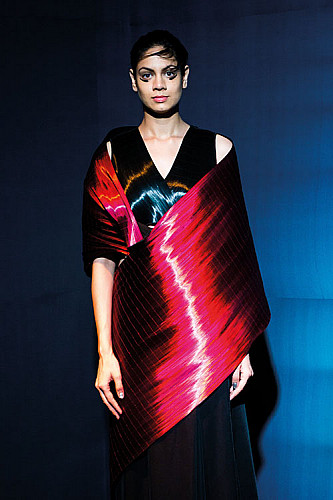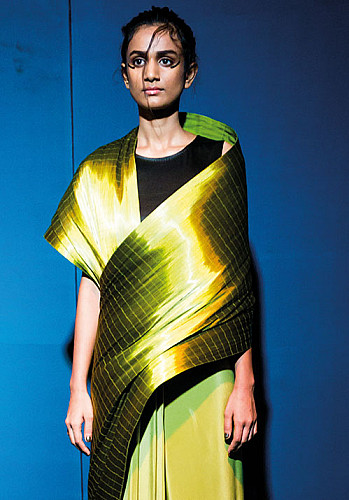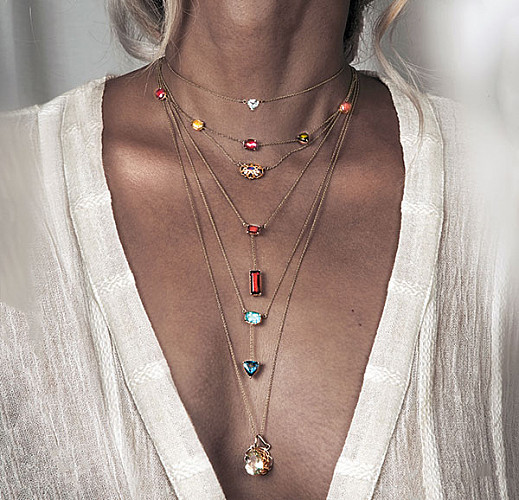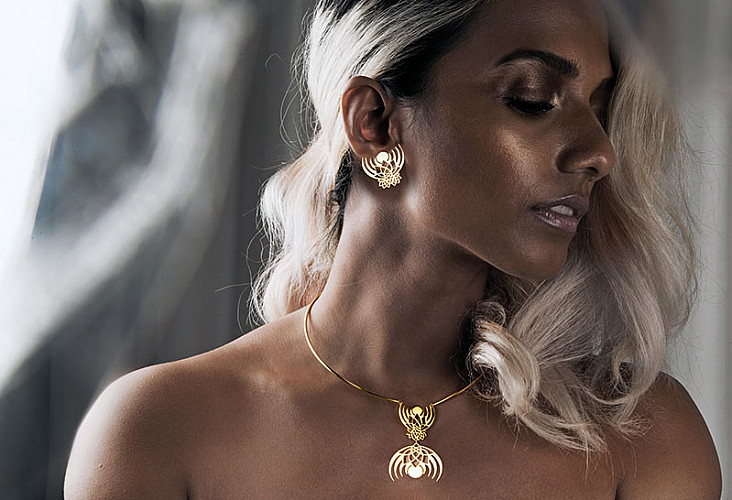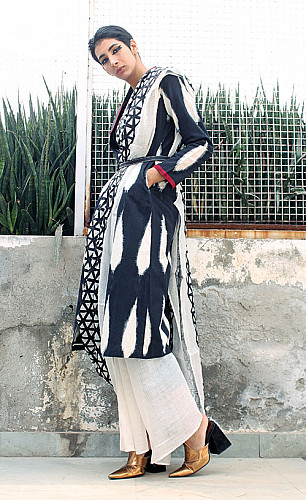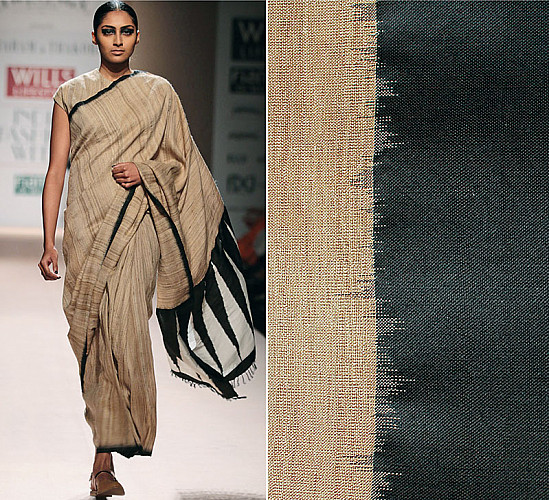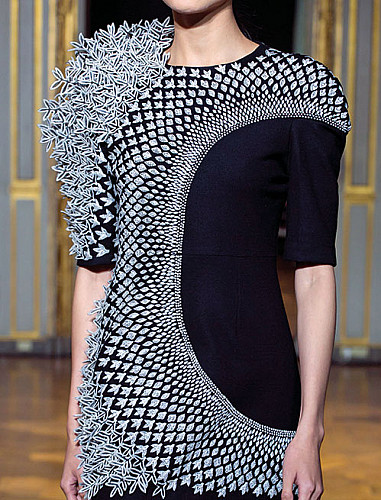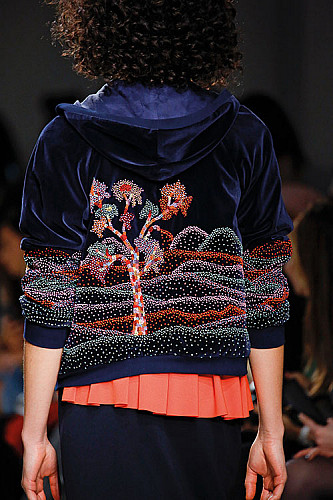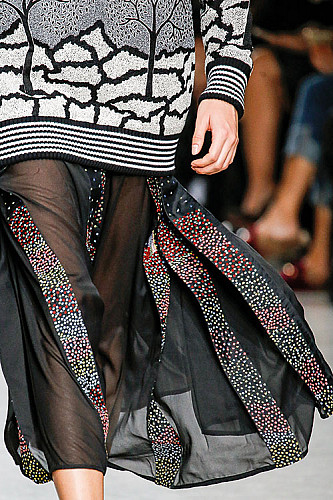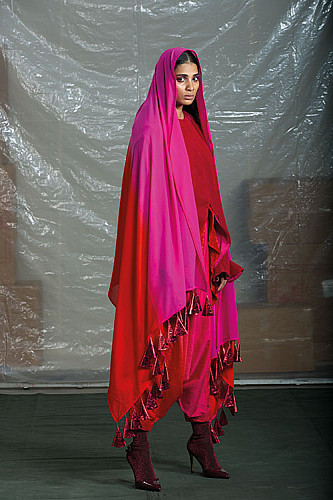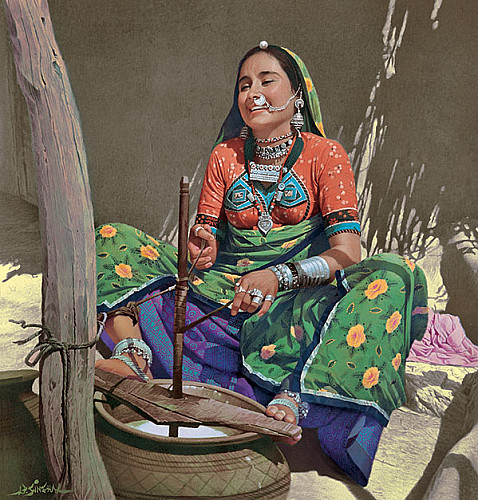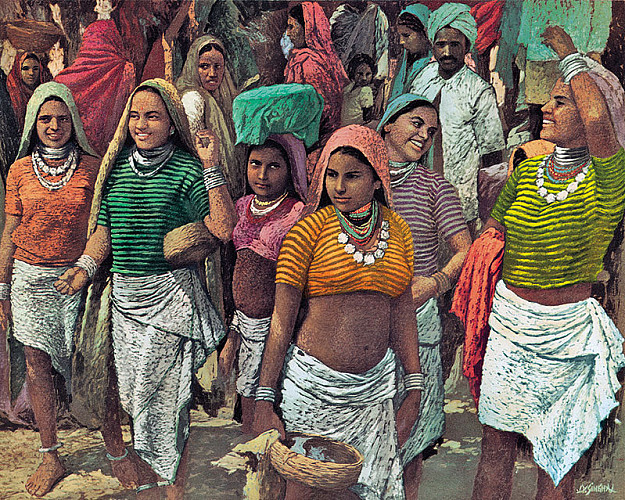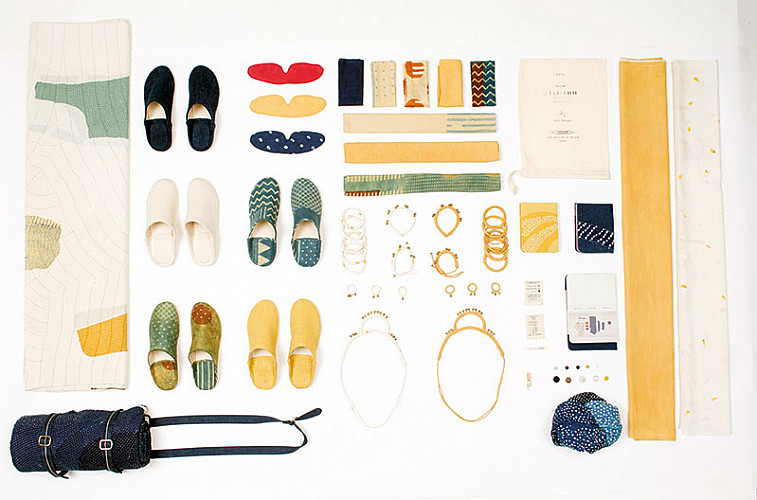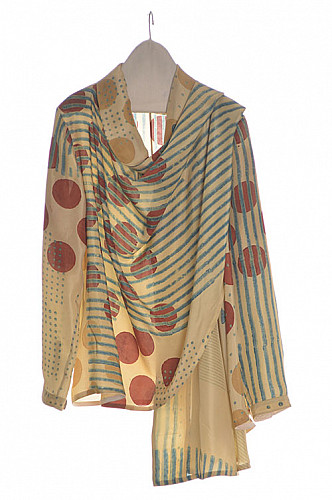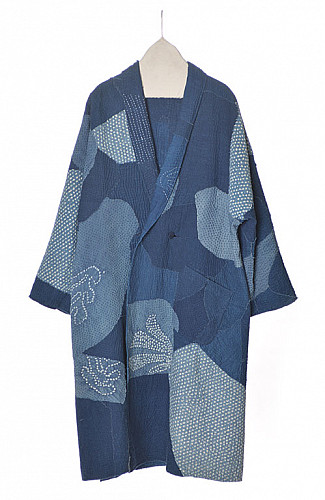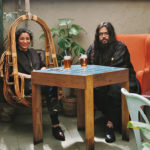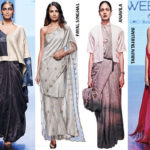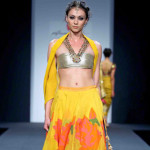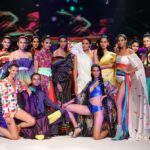Couturial Canvases: Where Art And Fashion Meet
Rimzim Dadu
Fashion And Textile Designer
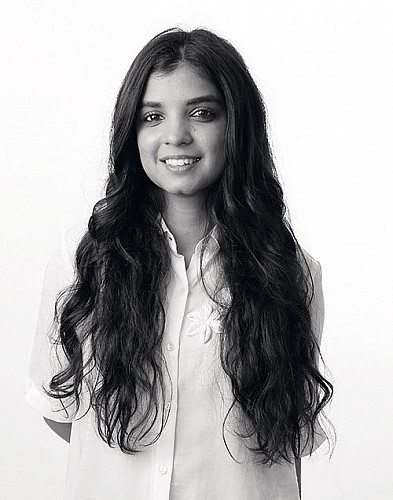
Art and fashion
Designers think of their work as a piece of art in some way or the other. However, design is not just art. A good design is also functional — so I try to balance my creative instincts for art and design. All good art or design has to be both sensible and relevant.
Experiments with the sari
My work is always very instinctive. I love to work with new experimental materials in my collections. In the past, I have used materials like plastic, metal, paper, fibre glass, silicon, steel wire and the like. Recently, I made the steel wire sari that is made with hair-thin wires. The idea behind it was to have a sari that almost feels like armour. It looked really structured but was actually very light and fluid and defied all the so-called fashion trends.
Smorgasbord of inspiration
I like the work of Iris van Herpen and Kallol Datta in fashion, Rajat Sodhi in architecture and Can Buyukberber in graphics. I am inspired by projection and light artists a lot because much of my work is about light interacting with the material. I aIso follow a lot of Instagram pages that curate interesting work from across various disciplines. Like @visual.fodder, @1granary, @designmilk, @ratedmodernart, and @c_l_o.
The power of social media
Social media does not particularly influence my craft but it has played a great role in shaping business. It is a democratic platform for brands to present their work and reach their target audience. The growth of social media has also given rise to the see-now-buy-now phenomenon which has compelled businesses to change their entire production cycle to adapt to this new ecosystem.
Eina Ahluwalia
Jewellery Designer
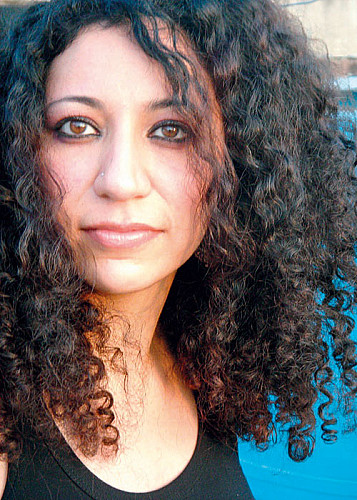
Art and fashion
I think our work stands at the crossroads of art, design, craft and fashion. It is inspired, just like art is, designed with the functionality of wearability in mind, handcrafted using traditional techniques, and consumed by the customer much in the same manner that fashion is. I realised early on that India isn’t yet ready for contemporary, conceptual art jewellery that is sold through galleries in other parts of the world.
After I returned from studying in the Netherlands and Italy, I launched a collection called How I Felt, made with felt, silver and semi-precious stones. Another collection I did was called Containment — it was made of blown glass, silver and semi-precious stones and was showcased at Lakmé Fashion Week Winter/Festive 2010. The collection was full of emotion, but I was not able to sell even one piece in India. I realised then that the market here wasn not ready for pure expression. And we didn’t have exclusive jewellery galleries to show at, like in the West. So I needed to find the right balance between wearability, beauty, storytelling and emotional content.
Battlecry is a recent collection that is a good example of the above balance. The collection comes out of dismay at the current state of the world. It is meant to inspire us all to do something to change the chain of events, to leave something good behind. In this collection, we have used motifs from heraldry, like the crest, the wreath, animals like the lion and horse, birds like the eagle, swallow and peacock and mytholo-gical creatures like the griffin.
The power of social media
It is a great way to keep up to date with what is happening in the world of contemporary (artistic) jewellery. Similarly, it is a wonderful place to see new techniques, media and material in use. From the business angle, it is a brilliant way to communicate with the customer directly, especially since our work involves storytelling through the jewellery.
Smorgasbord of inspiration
International artists such as Frida Kahlo, René Magritte, Rob Gonsalves, Brian Kershisnik and Edoardo Tresoldi, jewellery makers and art jewellery blogs such as www.artjewelryforum.org and www.thecarrotbox.com/blog/ are a constant source of inspiration for me.
David Abraham
Fashion Designer
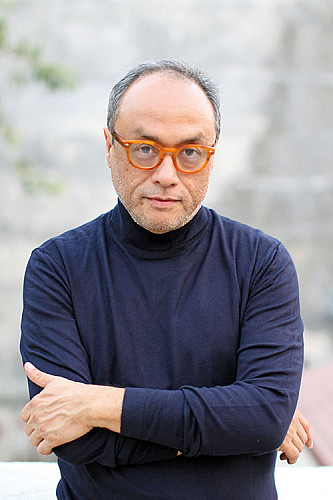
Art and fashion
Some of our (David Abraham and Rakesh Thakore) collections are explorations that try to make a comment on contemporary Indian culture, like #SadakSmart, the current collection we presented at AIFW18. Here we look at trends, influences and identities in urban India, specifically the NCR region, and propose that fashion can draw from its immediate environment, rather than look at the runways of the West for inspiration. This collection poses questions and commentary but it still has a strong commercial imperative — so we have to make and sell clothes that may be different from the artist’s vision. Fashion and other areas of design are my profession; I do not consider myself an artist.
Smorgasbord of inspiration
As a designer, art has always been an inspiration, form, colour, emotion. However to be honest, I see this through the lens of applied art which can reduce the inspiration to decorative elements. Some of my favourite artists are Riyas Komu, K G Subramanyan, Mithu Sen, Avinash Veeraraghavan, and the numerous unknown artists who have painted the beautiful murals of Ajanta and Ellora; and who have done great Tanjore paintings; and the miniature artists who have created some of the greatest art of the Subcontinent.
Bridging the gap between fashion, art and commerce
I believe art is a comment, or a commentary, on the human condition. In its purest sense, it has to come from a place of truth. Commerce creates a different imperative and fashion is a part of commerce. The act of selling can impose conditions that are not always conducive to my truth.
Preserving the art of fashion in this homogenous world
It can be made possible by allowing freedom of expression, by allowing dissent, by stopping censorship, by educating people to respect the contrary view and to question everything.
Rahul Mishra
Fashion Designer
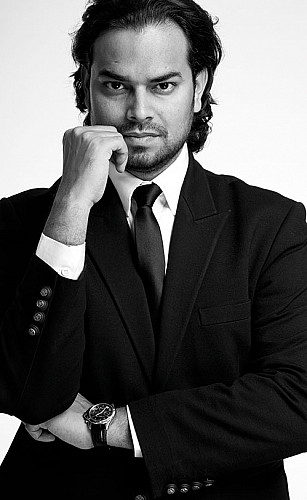
Art and fashion
Inspiration can come from anywhere — art, architecture, craft or poetry. It’s almost like falling in love, where you become so obsessed with an idea that it takes over your mind completely. We diversify into different ways of applying that inspiration through craftsmanship. Our brand philosophy revolves around empowering artisans through employment and in turn enriching their livelihood. When something is handmade, it has a personal stamp by its creator, and in that way I find all our pieces to be works of art.
Bridging the gap between art, fashion and commerce
We have adopted slower processes such as hand weaving and hand embroidery. You cannot have a system with zero consumption — that would mean that there are not going to be any jobs, leaving many artisans behind. Instead, consumption can be backed by participation from weaker sections of society. As a brand, we do not create clothes for consumption, but to explore the power of participation.
Art as muse
I found MC Escher’s lithographs interesting, given my physics background. Escher’s inspiration is quite evident in the Fourth Dimension; it was a collection that defied 3D printing, by shining light on the unseen hand of the skilled artisan who created them. For our Infinity collection, inspiration struck when I visited the Pompidou, I saw works from modern art to the impressionists — the purity of colour in each brushstroke was so inspiring that we tried to replicate that using a needle and thread. This was challenging because we had never done or seen that kind of embroidery, where we could create the impression of a brush stroke. There was also a lehnga we created called The St. Tropez Tree Lehnga for the Infinity Paris Fashion Week collection, inspired by the artworks of Paul Signac and Vincent Van Gogh. That was the first time we used a modern impressionist-inspired artwork on a lehnga, and we made it using nothing but gold paint.
Smorgasbord of inspiration
Google Arts & Culture is a platform that I follow religiously as it showcases millions of artefacts and pieces of art. I also follow the Japanese fashion designer, Issey Miyake for his simplicity and conceptuality. I really like Haider Ackermann’s work, his play of hues, the mystery in his construction and the fluidity of his silhouettes. More recently, I have been looking at Chitose Abe’s work — her use of colour, her perception of silhouettes and her play on shape and proportion are all very captivating.
Kallol Datta
Fashion Designer
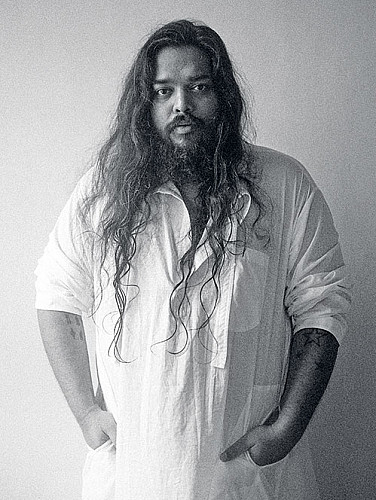
Art and fashion
I can’t even bring myself to term my garments fashion. I’ve always seen myself as a clothesmaker, but I’ve only been able to articulate that thought in the recent past. I see myself building collections of garments as a luxury of sorts. I am fortunate that I get to make the kind of clothes I enjoy wearing. I work when I want to and with whom I want to. I choose to participate in the mainstream only when I feel like it. That is luxury to me.
Smorgasbord of inspiration
On Instagram, I follow handles like @whoisubik, @lensterminal and @mutegraphy. Websites I frequent are themarshallproject.org, guardian.co.uk, elephant.art and apartmentomagazine.com. Currently, I respond to the works of Mithu Sen, Ayesha Sultana, Prajakta Potnis, Simryn Gill and Manisha Parekh.
Bridging the gap between art and commerce
I don’t see them as being mutually exclusive. Since the beginning of my clothing practice, sustainability has been key. Goals are set; we strive to achieve our targets. And nothing, whether it is in the creative side or the business side, has ever felt like a compromise.
Being on social media
I use Instagram as a visual journal and a place where I can feed my narcissistic self. I use Twitter to follow columnists whose works I enjoy reading. I do get stores, galleries, agencies and clients to reach out to me via my social media inboxes from where they are directed towards email communication.
A debut art exhibition
I had a solo show with Experimenter, Kolkata last year. The conversation I had with Prateek and Priyanka Raja (directors of the gallery) about bringing in my experience as a clothesmaker into the gallery space went on for over two years. I wanted the building blocks of my craft — pattern-cutting, shape forming and silhouettes — to be placed on view in their gallery and at the same time, I wanted each element to stand independently on its own. The show was titled Random Access to afford viewers a point of access into clothesmaking via any one element of the show. Garments were made for bamboo humanoid forms with no front, back, sides, shoulders or waist — none of the traditional markers of a human body. Altering the behaviour of fabric was another dimension that I wanted to bring to the clothes. There were microsilhouettes cast in brass with corresponding framed patterns on the wall. Wall-mounted magnified construction details formed another element of the show.
Payal Singhal
Fashion Designer
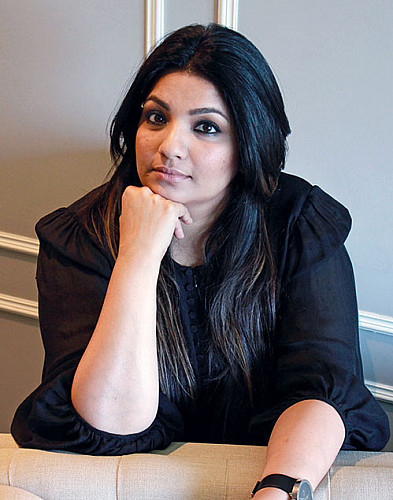
Art and fashion
My collection, Saira, at Lakmé Fashion Week this season was completely inspired by Islamic art and architecture — when the art form reached Iran, it fused with local Persian art and architecture and gave birth to a new space in art and calligraphy. The entire collection was inspired by Iran, Morocco, Afghanistan, India and Pakistan — cultures that were born from the Islamic influence, but had local elements. In Islamic art and architecture, you see a lot of jaali work. I took those patterns and recreated contemporary versions with embroideries, using the jaali in the neckline or even in a jacket.
Smorgasbord of inspiration
My all-time favourite is Picasso. He was quite contemporary for his time. In Indian art, I like the works of Raja Ravi Varma, and my grandfather, late JP Singhal. My daily dose of inspiration comes from Women’s Wear Daily (wwd.com) and The Story Limited (storyltd.com).
Preserving the art of fashion in this homogeneous world
For me, contemporary silhouettes, colour palettes and embroideries are the focal points. We work with intricate and old crafts. We get a lot of feedback from our buyers about our clothes being expensive — but I’d rather be small and sell fewer pieces to the person who appreciates the art of fashion versus someone who is just looking for an outfit.
The power of social media
Instagram has really worked for us as a brand, for I am a really visual person. The outfits that we share on Instagram, attract sales from all over the world. Creative collaborations work too — people relate to and resonate with certain bloggers, and if they have an audience, then we review them for the same. We like to see the aesthetic of the bloggers and what they bring to the table.
Shani Himanshu
Fashion Designer
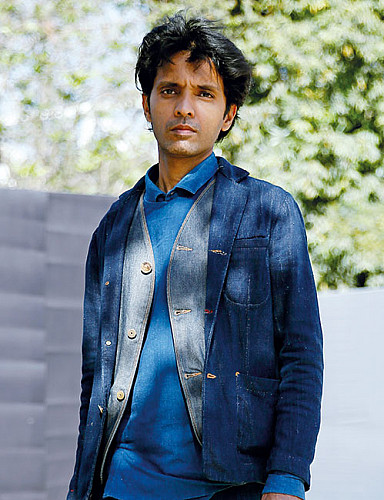
Art and fashion
We (Mia Morikawa and Shani Himanshu), don’t define our work as art or fashion. I keep it open. But we do like to work more freely rather than follow a trend. Our ideas come from within and there are consumers who relate to them, buy and follow the brand. We have always been art-driven, not trend-driven. In our SS’18 collections, there is a certain influence from artist Mark Rothko’s work.
Bridging the gap between fashion, art and commerce
For us, every discipline has an artistic side, be it making food, music or clothes. For one of our shows, we collaborated with musician Stefan Kaye and my business partner worked with him to build the music piece. We made some of the instruments, used some utensils and incorporated some elements like the sound of water, etc in it. Recently, I came across a work by a sculptor, Hanne Friis. She made some sculptures using indigo fabrics and raw materials and that interested me. So, the work that is happening around, keeps engaging us.
Power of social media
It is one of the quickest ways of telling our story in the best possible way, using a space as small as a 2” x 4” screen. It helps you to build the business, speak to customers and tell your story to a larger audience with one click. We are conscious of what we are talking about and how we are doing it. We feel we ourselves have to do it as it is our philosophy which is being shared with the world.
Related posts from Verve:
Verve Trending
Sorry. No data so far.
us on Facebook to stay updated with the latest trends

